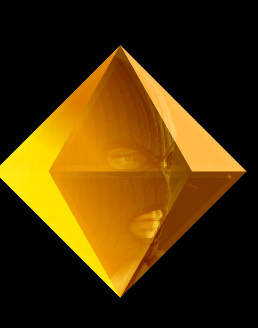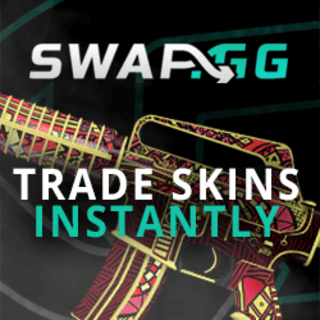Valve Cracks Down on Automation in Counter-Strike 2: New Rules to Preserve Skill-Based Play
Counter-Strike has long been a dynamic and evolving game, shaped by its passionate community. From the artistry of map design to the strategic depth of gameplay, every aspect of the game reflects the input and creativity of its players.
However, with this constant evolution, certain practices have sparked debate within the community, particularly the use of scripting and automation to enhance or modify player actions.
Over the years, scripting has been a contentious issue in the Counter-Strike community. Some forms of scripting, like the now-standard "jump-throw" technique, have gradually gained acceptance. This technique allows players to throw grenades while jumping, a move that, without scripting, would be challenging to execute consistently. Recognizing its importance in high-level play, Valve took steps to integrate this functionality directly into the game, making it reliable without the need for any special scripting or key binds. Players can now perform a jump-throw simply by jumping and quickly releasing a grenade, leveling the playing field for everyone.
Despite this integration, Valve has always emphasized the importance of developing core skills, such as coordination and reaction time, as the key to mastering Counter-Strike. However, recent advancements in hardware have started to blur the line between manual input and automation. Features that automate player actions threaten to undermine the skill-based nature of the game, leading Valve to take a firm stance on what is and isn’t acceptable.
To maintain the integrity of the game, Valve has announced that they will no longer allow any form of automation—whether through scripting or hardware—that bypasses essential player skills. This new policy will be enforced initially on Valve Official Servers. Players suspected of using automated actions, where multiple player inputs are triggered by a single command, may find themselves kicked from matches.
To help players avoid accidental infractions, Valve is also making changes to in-game binds. Binds that trigger more than one movement or attack action simultaneously will no longer function. This includes popular binds like null-binds and jump-throw binds, which will be disabled to prevent their misuse.
For players using advanced gaming keyboards or other peripherals with input automation features, such as "Snap Tap Mode," Valve advises disabling these features before joining a match. Failure to do so could result in unexpected interruptions during gameplay.
In conclusion, Valve’s new policy reinforces the importance of skill and fair play in Counter-Strike 2. By drawing a clear line on automation, Valve aims to preserve the competitive integrity of the game, ensuring that success is determined by a player's abilities, not by their hardware or scripts. As Counter-Strike continues to evolve, so too will the standards that keep it one of the most competitive and beloved games in the world.













